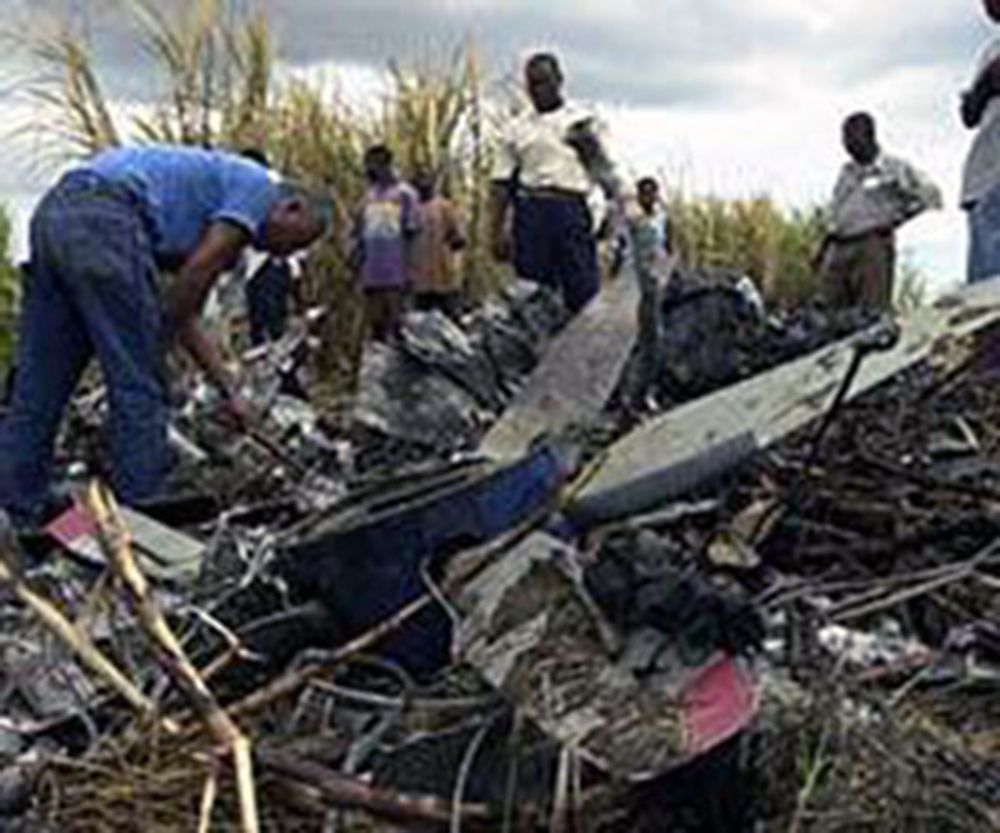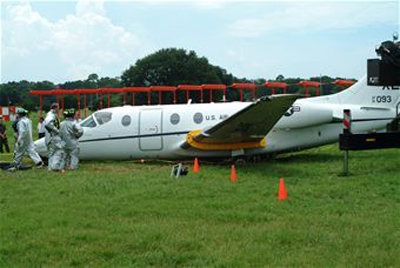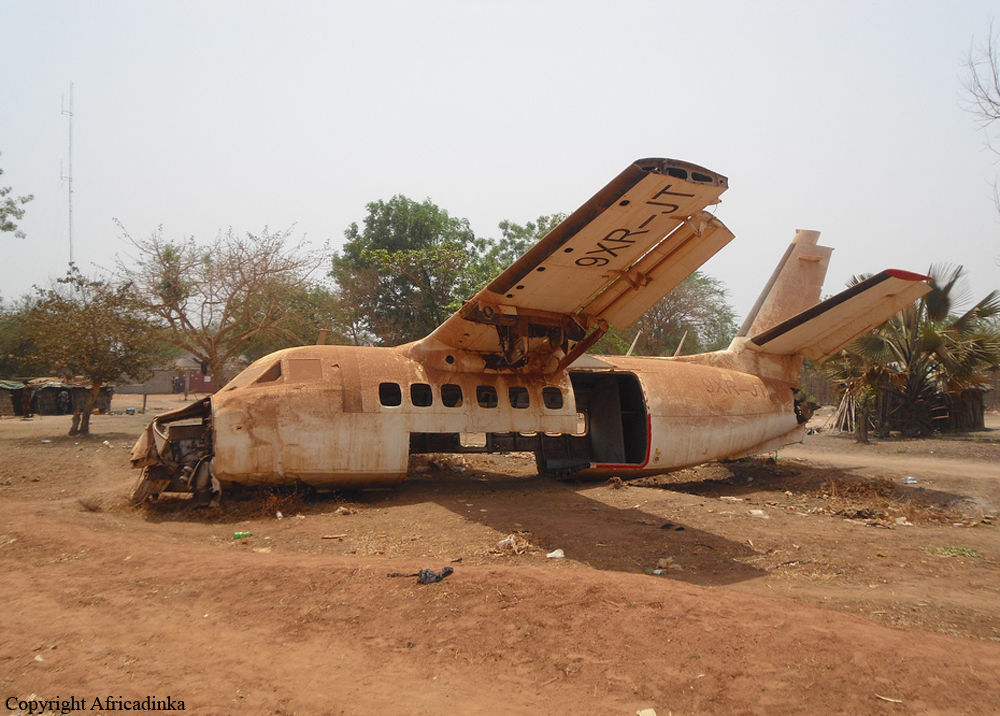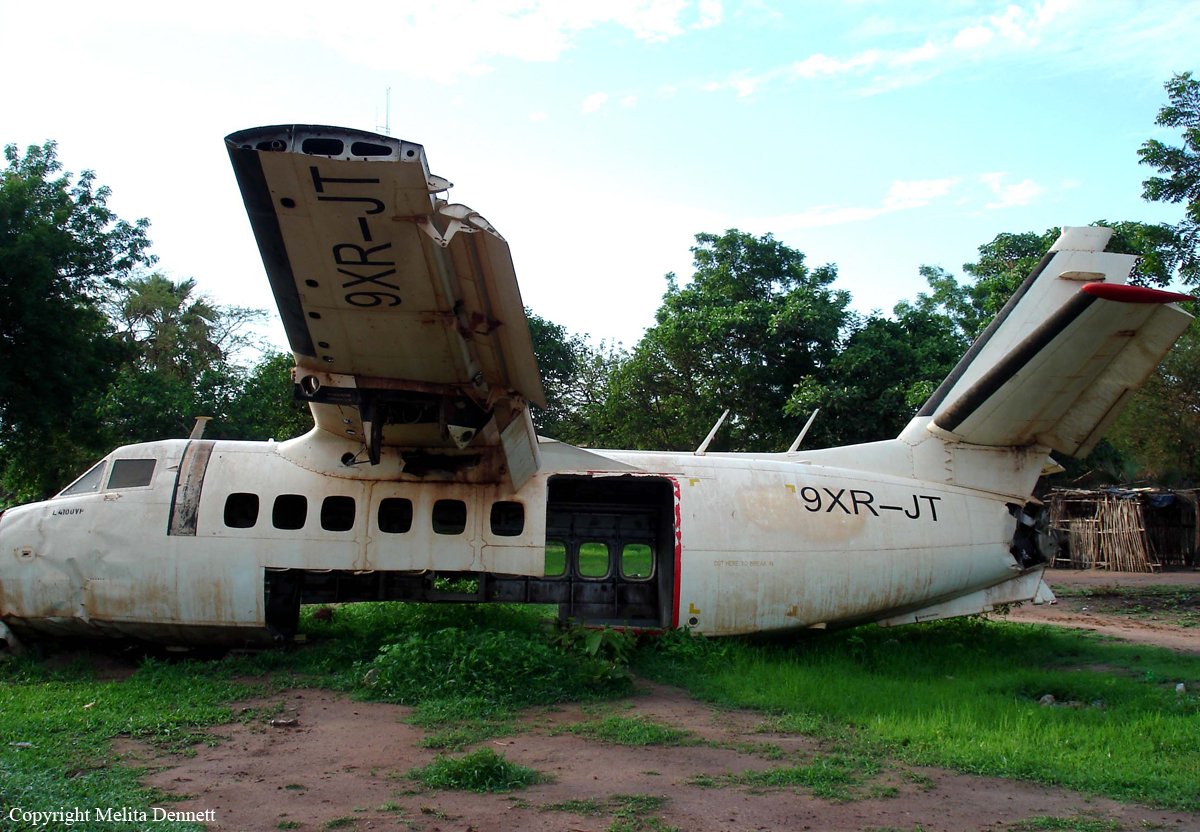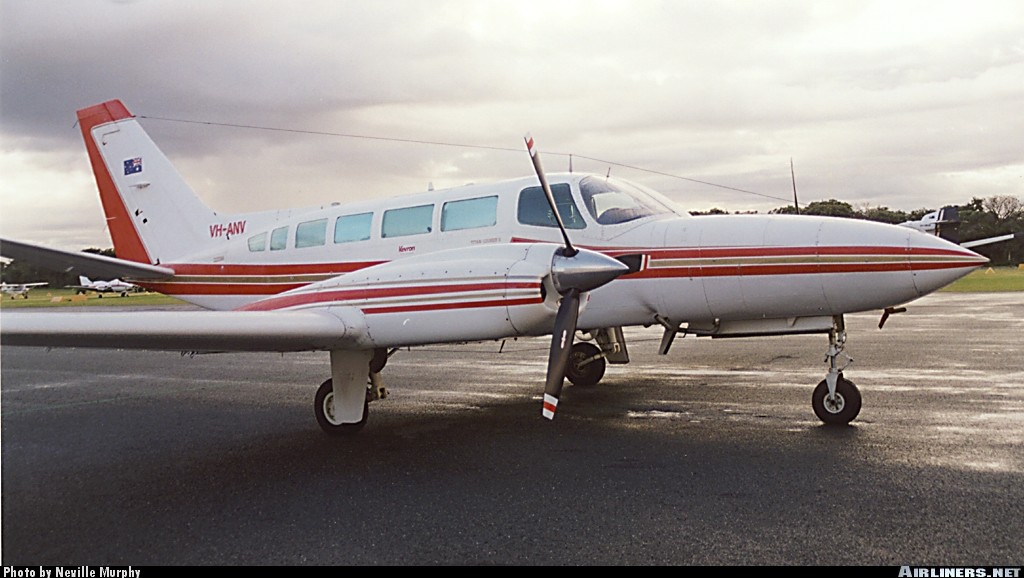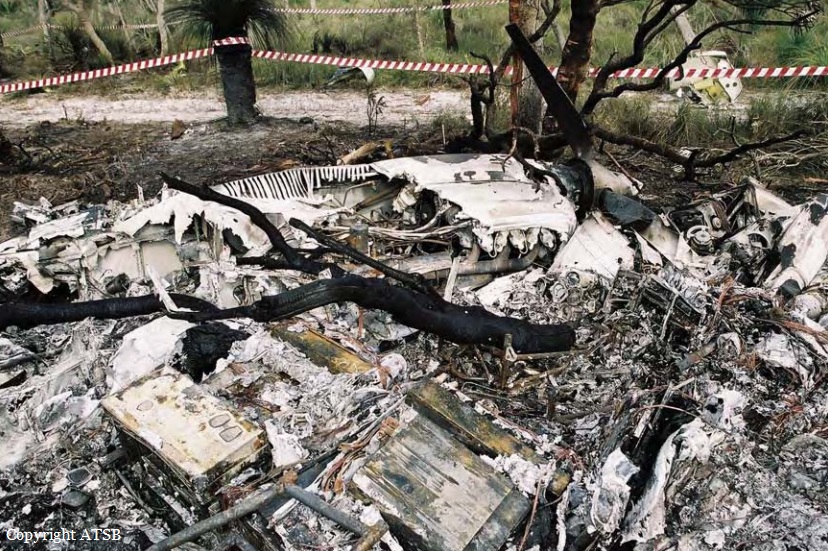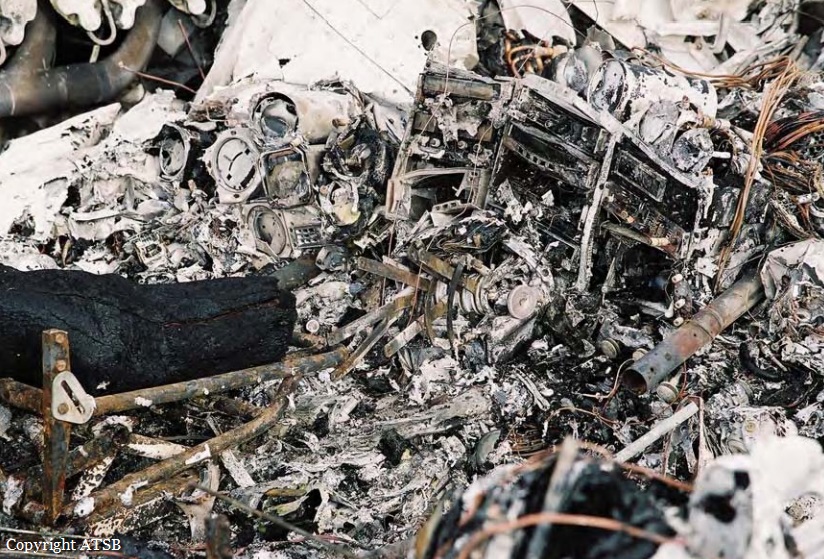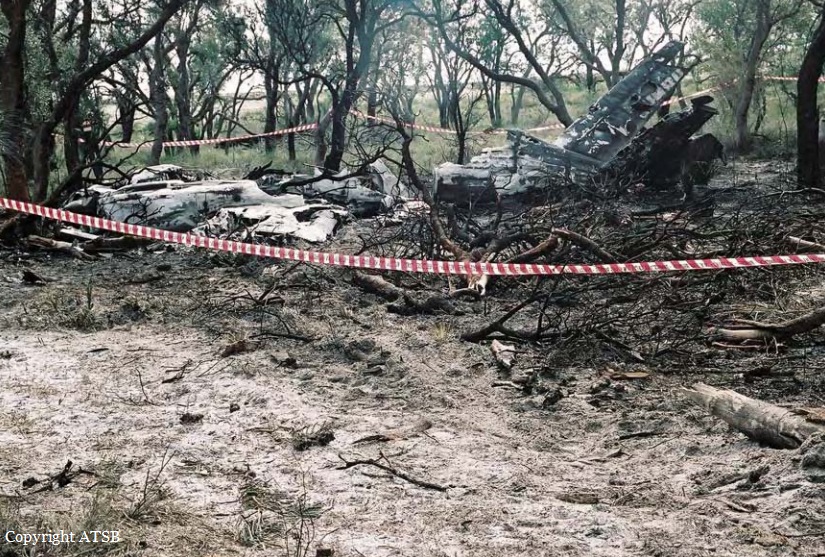Crash of a Let L-410UVP-E3 in Cap Haïtien: 21 killed
Date & Time:
Aug 24, 2003 at 0457 LT
Registration:
HH-PRV
Survivors:
No
Schedule:
Cap Haïtien - Port-de-Paix
MSN:
87 20 01
YOM:
1987
Flight number:
TBG1301
Crew on board:
2
Crew fatalities:
Pax on board:
19
Pax fatalities:
Other fatalities:
Total fatalities:
21
Captain / Total hours on type:
701.00
Copilot / Total hours on type:
275
Aircraft flight hours:
2982
Aircraft flight cycles:
4154
Circumstances:
Shortly after a night takeoff from runway 05 at Cap Haïtien Airport, while in initial climb, the crew reported technical problems, declared an emergency and was cleared to return. While on base leg, the aircraft lost height and crashed in a sugar cane field located 2 km from the airport, bursting into flames. All 21 occupants were killed. It was later reported that the door of the forward baggage hold opened during takeoff.
Probable cause:
The accident was the consequence of a stall during approach while on the downwind leg base due to a loss of VMC at low altitude.
The following contributing factors were identified:
- Failure of the crew to manage the approach procedure (poor CRM),
- Use of maximum flaps (42°),
- Insufficient altitude,
- Lack of coordination between crew members,
- A possible state of fatigue of the captain,
- A possible overweight aircraft,
- The opening of the forward baggage hold door during takeoff.
The following contributing factors were identified:
- Failure of the crew to manage the approach procedure (poor CRM),
- Use of maximum flaps (42°),
- Insufficient altitude,
- Lack of coordination between crew members,
- A possible state of fatigue of the captain,
- A possible overweight aircraft,
- The opening of the forward baggage hold door during takeoff.
Final Report:

